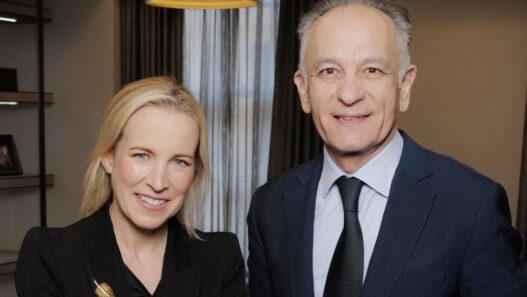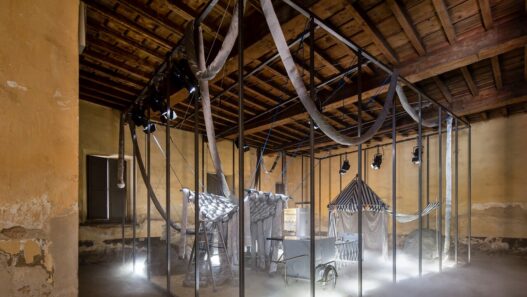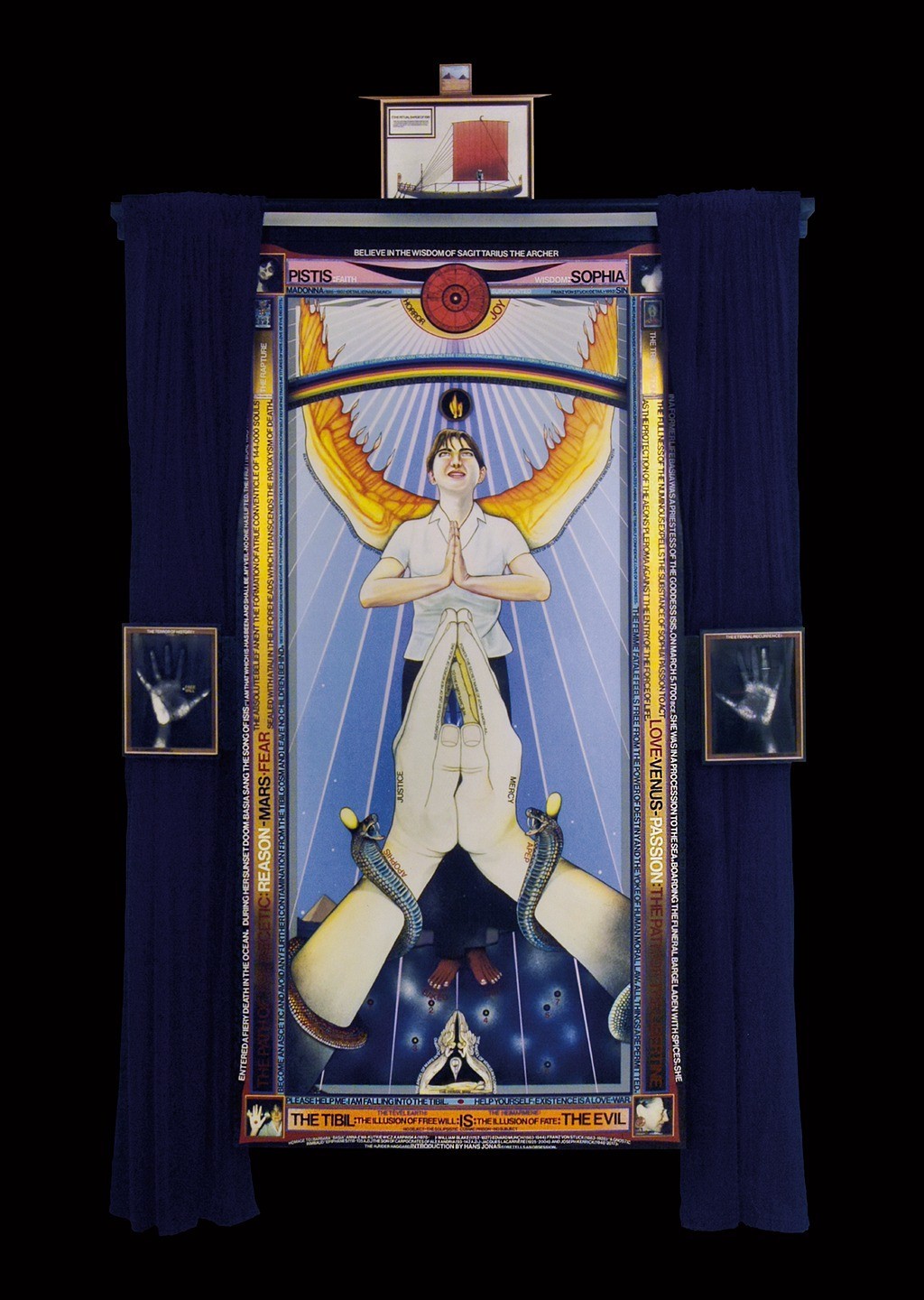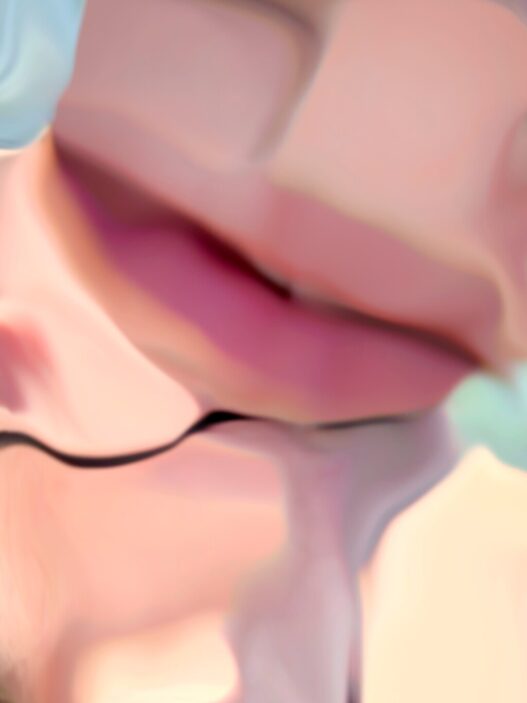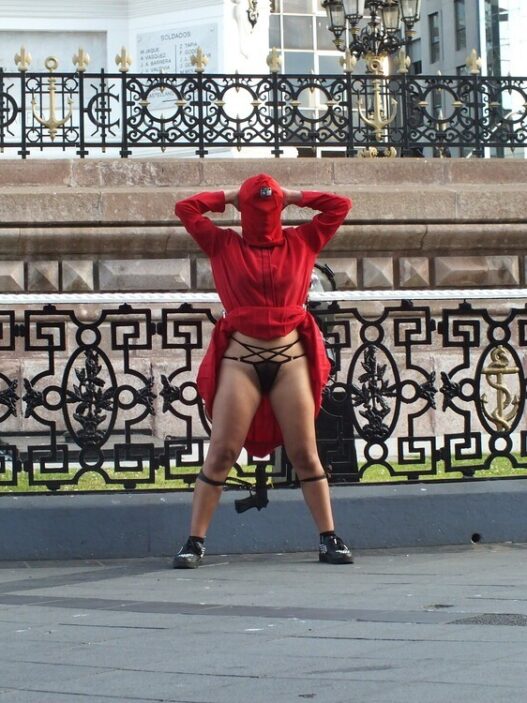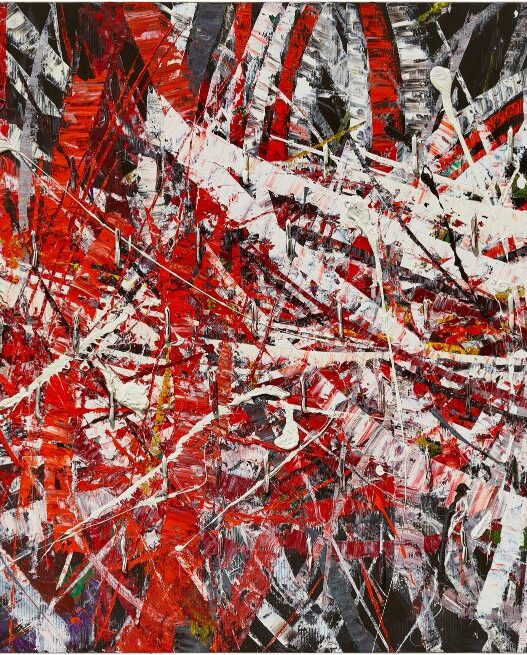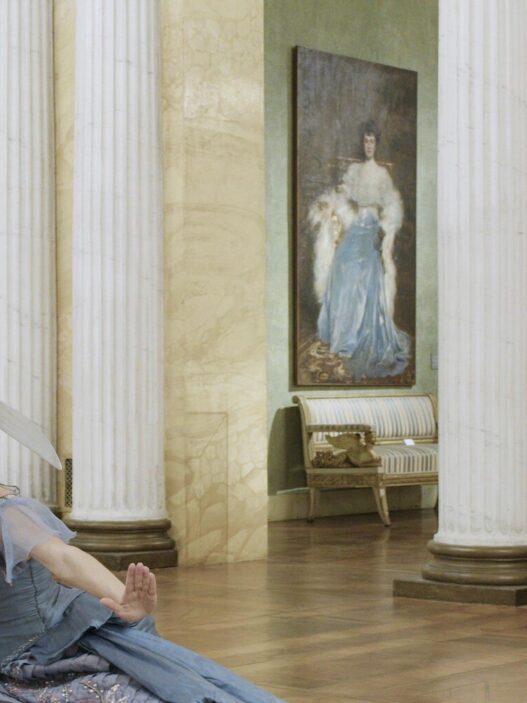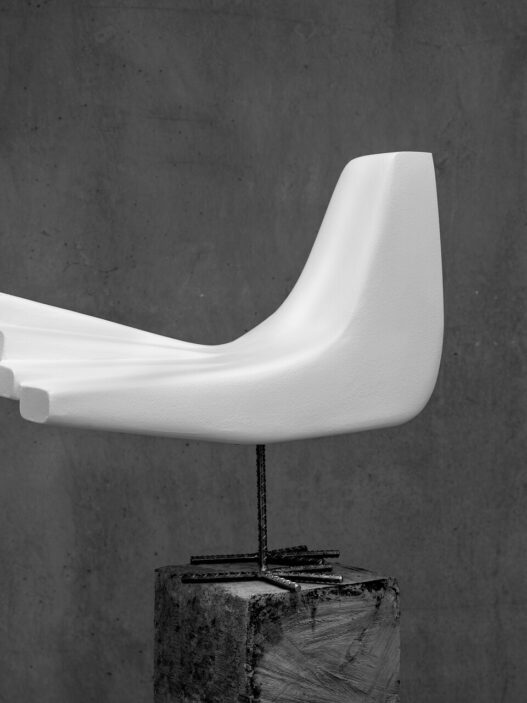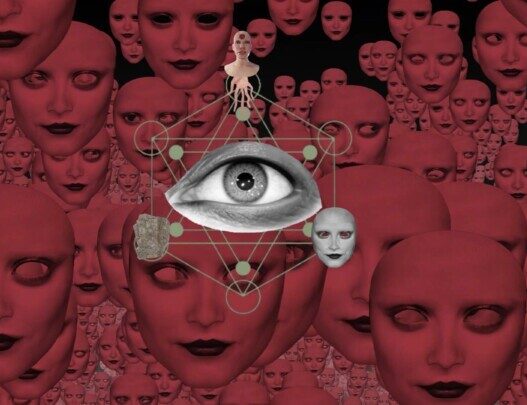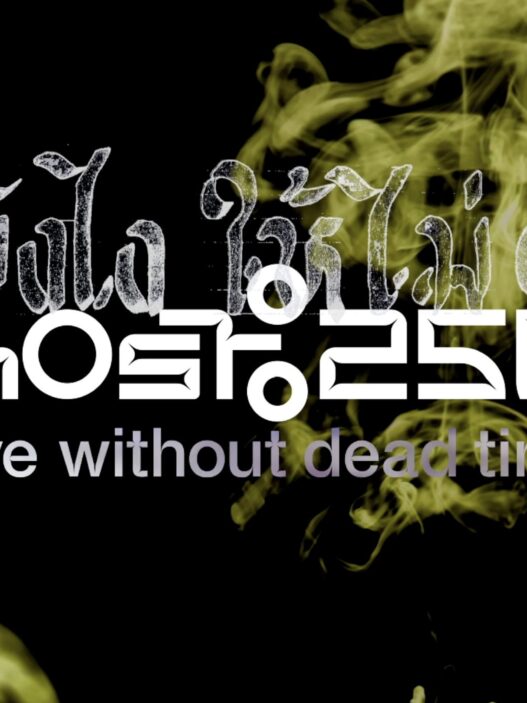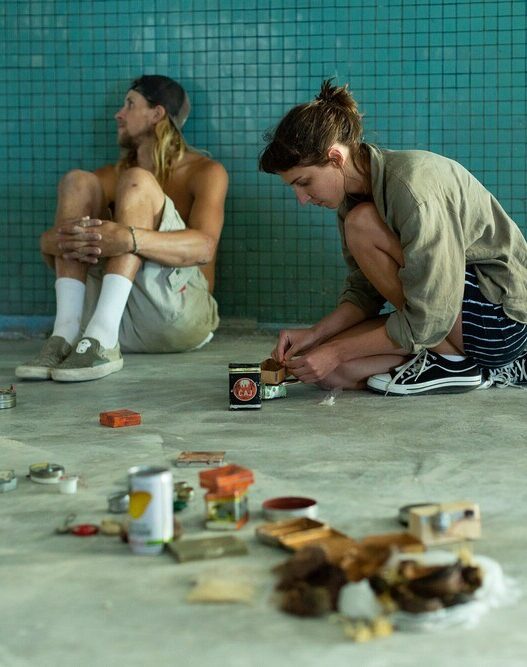September 25, 2022–January 8, 2023
Opening: September 24, 6–9pm
Systems of Belief, a sizable group show, brings together artistic perspectives that investigate diverse belief systems. Constants of social life like science, economics, and politics are increasingly being tested in public debates in a world where political and ecological situations of emergency govern everyday existence. We today face enormous challenges as individuals, as a society, and as an entire environment. The subjective processing of the complicated world events that come to us through numerous information streams and shape our perception of the present is frequently difficult, if not overwhelming.
Technology is increasingly acting as a conduit between a factual external reality and our perception and processing of it, both in our everyday lives as a whole and in the context of the exhibition. It affects our being and constitution in addition to how and what we see on our computer and mobile device displays. Anonymized and algorithmized sources of communication have an almost infinite ability to affect our perception. Their technological and digital structures and systems are manifestations of technocratic mechanisms that shape our public sphere: process-driven political and social apparatuses that are barely tangible but omnipresent are driven by evidence-based information and analysis techniques, meticulous organizational plans, and smooth processes. Any kind of illogical behavior within these technical systems seems unthinkable in this depersonalizing and metaphysical realm of technology operations.
Through the viewpoints of various generations of artists, the exhibition Systems of Belief attempts to enter worlds where technology is not used to enforce conformist regulations but rather as an expression of unconventional dogmas and spiritual self-knowledge and self-realization. It does this by starting from this purported space of the impossible.
Systems of Belief examines artists who developed their practices under the auspices of various origins and social influences. It is based on the works of experimental filmmaker Jordan Belson, artist and architect Paul Laffoley, poet and underground filmmaker Storm de Hirsch, and musician and artist Lee Scratch Perry. Despite how different their works may seem, they are all connected by their transdisciplinary and frequently self-taught approaches to creating art as well as the fact that they often work in subcultural environments that are only occasionally docked to mainstream currents. For instance, Laffoley was regarded almost solely as a “outsider artist” throughout his life despite meeting people like Friedrich Kiesler and Andy Warhol. The 1960s New York avant-garde scene was dominated by the filmmaker Storm de Hirsch, who also worked with Stan Brakhage, Jonas Mekas, Shirley Clarke, and other notables. Lee Scratch Perry, a Jamaican musician and artist who passed away in 2017, was most recognized for his work as a record producer and performer, but he was also noted for his visual practice, which, like his music, involves “sampling” and weaving. Paintings, religious artifacts, clothing, and a wide range of other items frequently connected to Pan Africanism and the Rastafarian religion are all included in his installations.
Richard Kriesche addresses the fundamental transformations brought about by computerization and digitalization in conversation with these artistic viewpoints. His research on creating mental spaces that deal with communication and information uses the frequently elusive spaces produced by these technologies as its starting point. His writings frequently exhibit utopian characteristics in that they go beyond the bounds of reason and tradition to reveal visionary concepts. A new work that was developed as part of the Panther Residency, a stipend for a rising local talent, is presented by Antonia De La Luz Kaik. The camera is a key tool used by the filmmaker in their work. It allows for the integration or connection of several visual realms.
Works by Storm de Hirsch, Jordan Belson, Antonia De La Luz Kaik, Lee Scratch Perry, and Harm van den Dorpel, among others, show how technology tools like cameras, servers, and electronic synthesizers have influenced art creation in the recent past and the present. For instance, incredibly elusive states of consciousness can be portrayed through the ongoing development of several technologies and systems for the production of image and sound. The aforementioned artists express transcendent, illogical feelings that are unrelated to the material value of things by using technical tools, not to make work processes more efficient.
Artists like Paul Laffoley, Marta Riniker-Radich, and Irina Lotarevich are interested in the logic or “architecture” of the structures and systems that, in a way that resembles a supernatural force, control every aspect of our lives, including communication, living space, and the economy. Laffoely’s painstakingly created works, which use esoteric and scientific knowledge to discover explanatory models for our existence and being, serve as an excellent illustration in this regard. Systems of Belief allows for study on ideological or spiritual self-realization through the use and subversion of technology means through the lens of these various creative views.
With Jordon Belson, Harm van den Dorpel, Storm de Hirsch, Antonia De La Luz Kašik, Richard Kriesche, Paul Laffoley, Irina Lotarevich, Lee Scratch Perry, Marta Riniker-Radich.
HALLE FÜR KUNST Steiermark
Burgring 2
8010 Graz
Austria
Hours: Tuesday–Sunday 11am–6pm
T +43 316 740084
[email protected]


